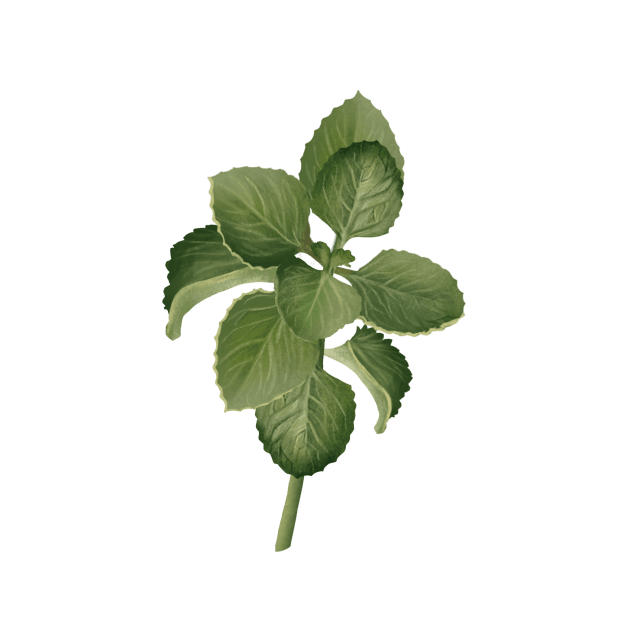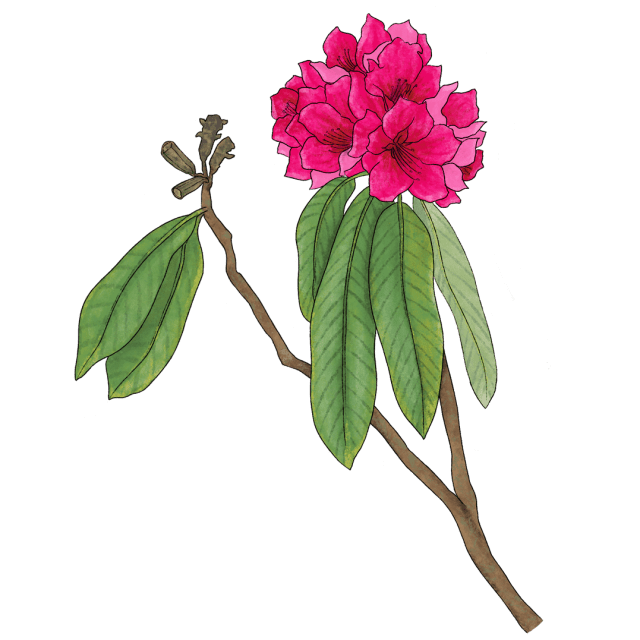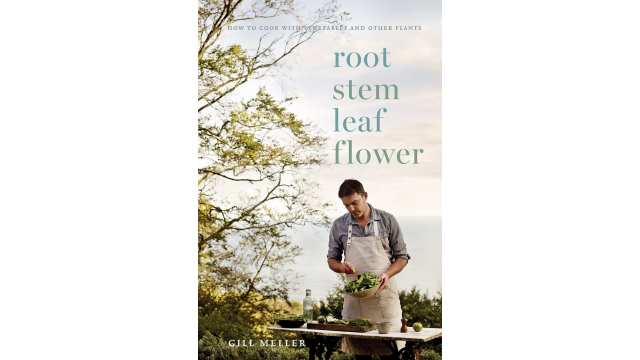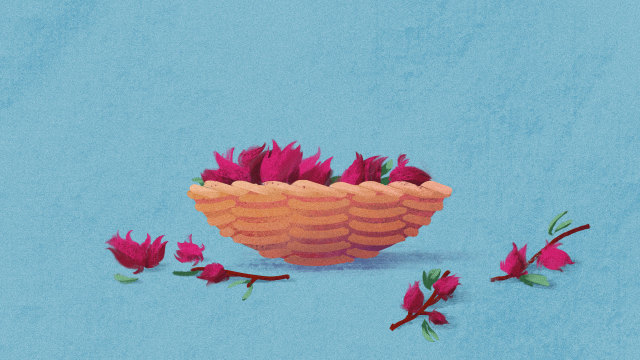Roselle
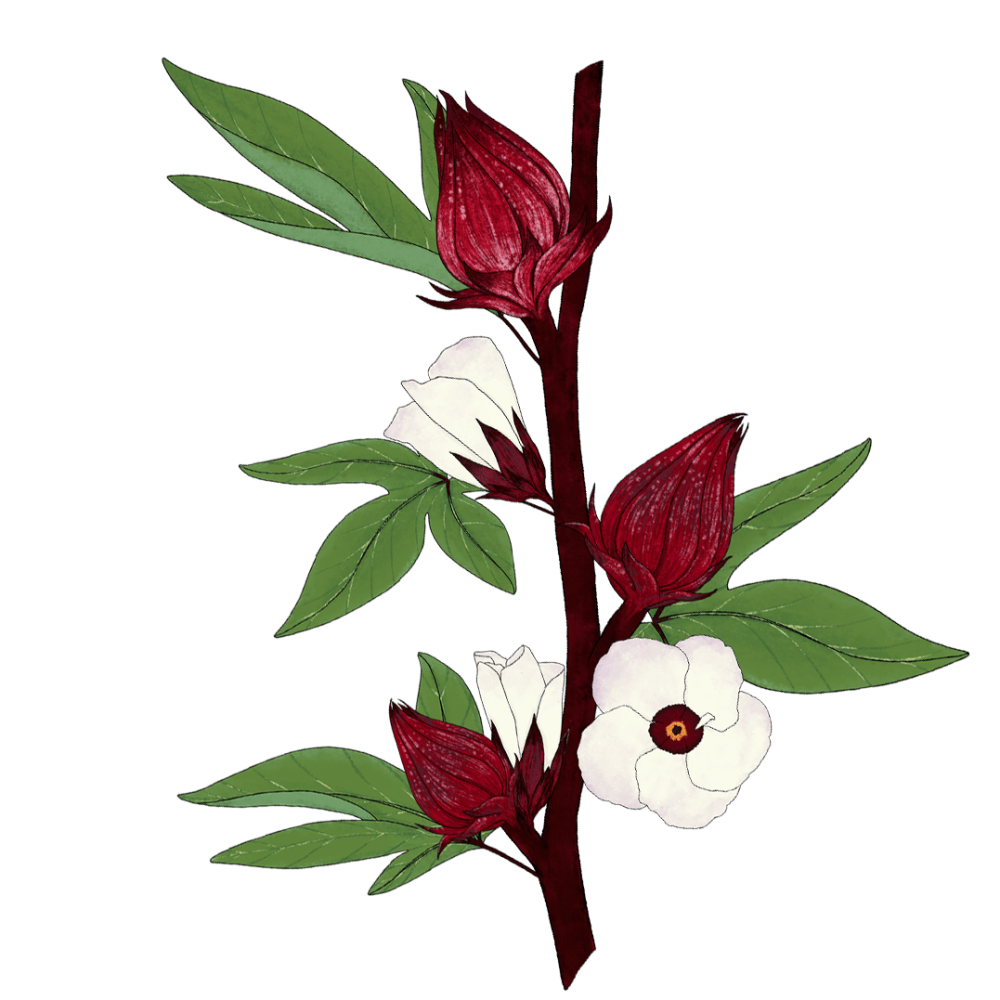
Latin name: Hibiscus sabdariffa
Other names: ambadi, gongura, Asam susar, Jamaica sorrel, red sorrel, Indian sorrel
Uses: vegetable, pickles and ferments, tea, jam, coloring agent
What is roselle?
Roselle is often referred to as hibiscus, but it’s a cousin of the popular (and inedible) ornamental flowering shrub. Roselle leaves grow by the dozen on tall, slender stems. Its creamy yellow flowers are encased in a deep red calyx, which matures into a plump seed pod. Almost every part of the roselle is harvestable. The tart calyxes are used in everything from chutneys to jellies, and are popular dried as an herbal tea. The oil-rich seeds are used as food and medicine.
Why is roselle healthy?
The plant is rich in vitamin C, calcium, magnesium, and potent antioxidants that help fight free radicals and prevent premature aging. Studies confirm that the leaves and calyx have cholesterol- and insulin resistance-lowering properties, while the seeds have powerful antimicrobial compounds. Roselle is used in many folk medicines. In African countries and India, roselle is used for sore throats, gut cleansing, and healing wounds. Ayurveda prescribes roselle extracts as a heart and nerve tonic.
What does roselle taste like?
Roselle imparts a tart, slightly acidic, pickle-like taste to food. Tender, lighter-colored leaves are mildly tangy, while mature leaves are sharper, even fibrous or bitter. The leaves have an earthy undertone while the calyx is sometimes compared to cranberries.
How do I use roselle?
The leaves must be plucked and separated from the stalk and petioles, as these tend to be tough and stringy. When the leaves come in contact with heat, salt, and water, they shrivel and slowly turn slimy, but gradually lose stickiness. The leaves are used in a variety of ways in south India. In parts of Africa, the leaves are used in stews, while flowers are infused to make herbal tea. In East Africa, a mix of vegetables and beans wrapped in roselle leaves can form a meal. Yoruba meals in Western Africa are washed down with sweet roselle juice. The leaves and calyxes can be used in salads, while the latter may be used to make jams, jellies, wine, or sweet fillings.
What does roselle pair well with?
Roselle pairs particularly well with fish in various cuisines of northeast India.
Where does roselle grow?
Like other hibiscus plants, roselle is likely native to Africa. It is believed to have travelled to the Americas by the 16th century and then to Asia. It is now grown in parts of Africa, in the Caribbean, and Southeast Asia. It also grows extensively in the northeast and southern parts of India.
How to buy roselle:
You may be able to find it fresh at African or Asian markets. If not, it’s easy to find dried roselle online.
Fun roselle fact:
When a fabric shortage during the Second World War led to increased interest in alternate and synthetic fibers, roselle was one of the plants explored as a major source of raw material.
